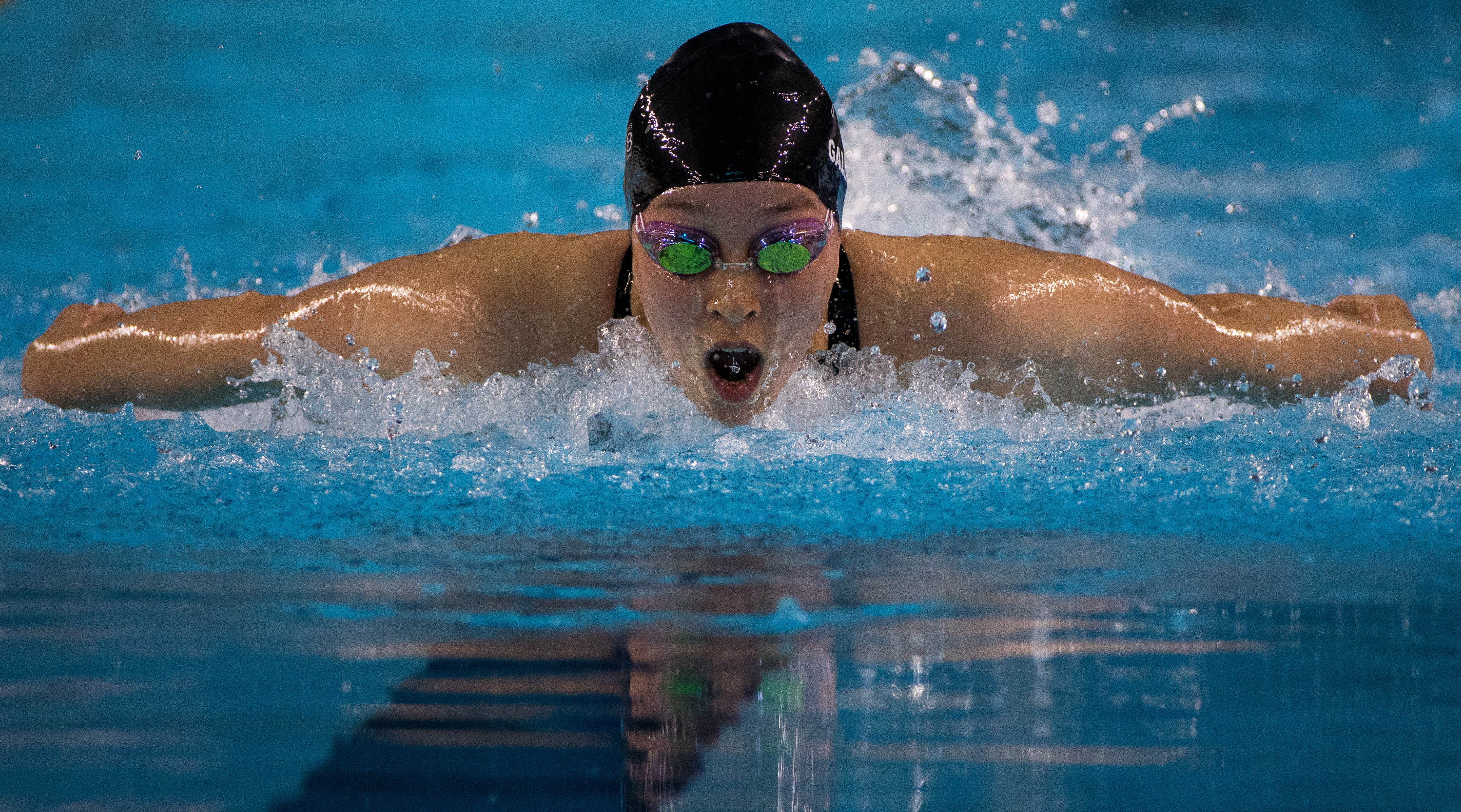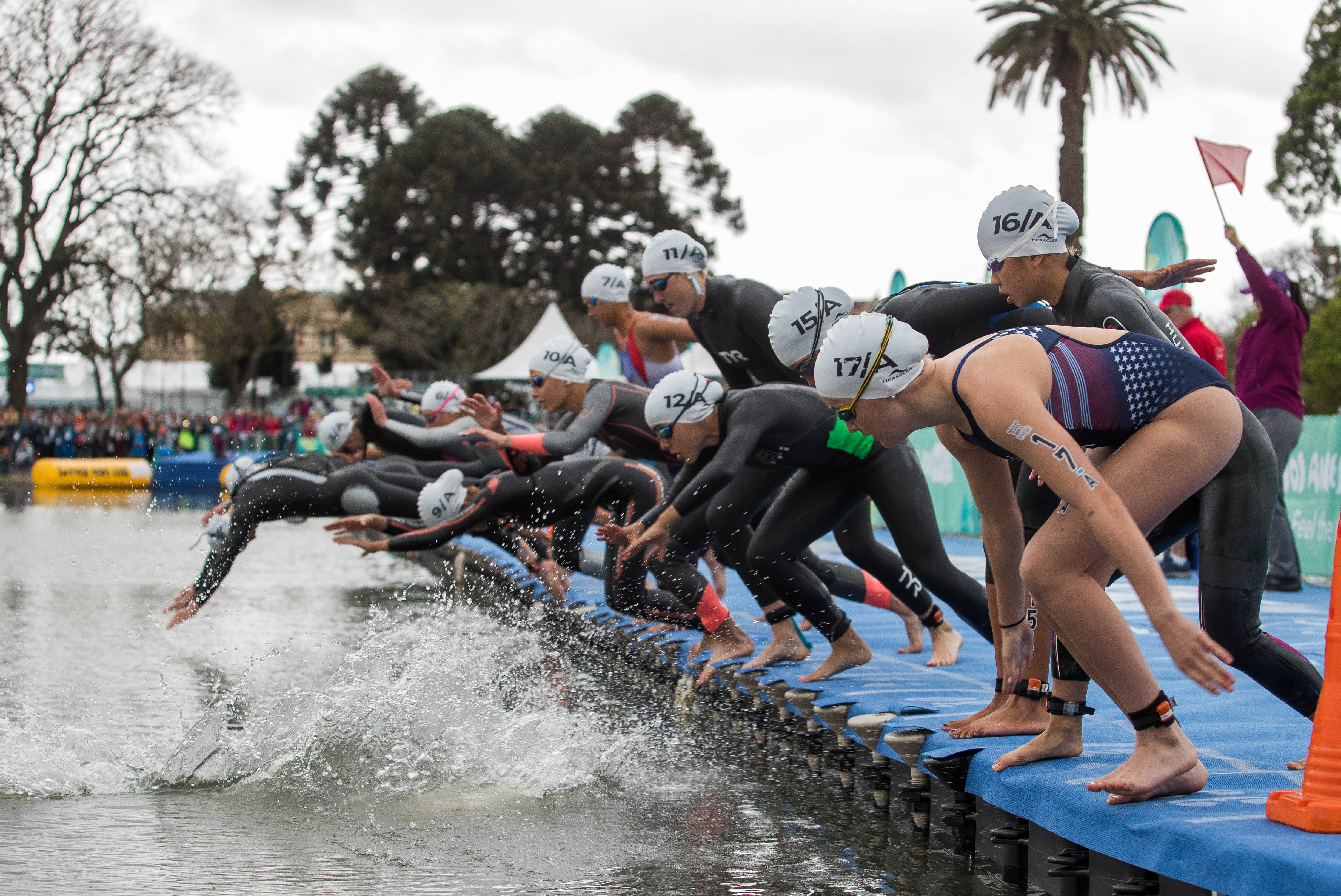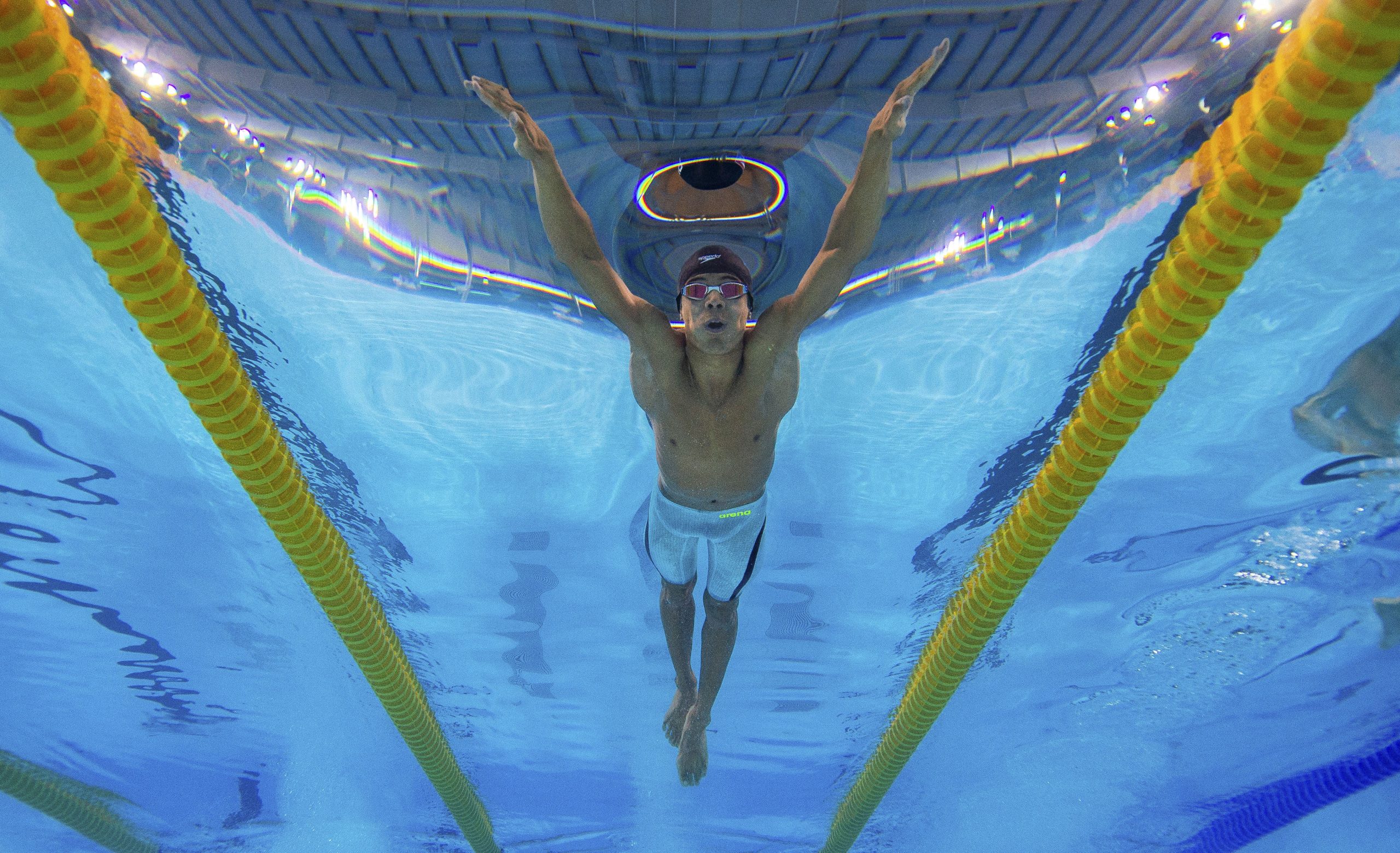Swimmers often lead a very healthy lifestyle, focusing on proper nutrition and exercise. However, poor stroke mechanics and decreased flexibility can cause common swimming injuries.
Swimming is a great sport that’s fun, but there is a chance of common swimming injuries, especially when your swimming technique isn’t right. Therefore, it’s important to exercise caution while swimming.
Although awareness and prevention are the best ways to avoid swimming injuries, improving your muscular and cardiovascular strength through endurance training and learning proper stroke mechanics can also help
This article discusses some of the most common swimming injuries faced by swimmers. Read to know about them.

1. Swimmer’s Shoulder
The arm movements in most swimming techniques can cause strain to the arm and shoulder muscles. Improper repetition of these movements over time can lead to tissue damage. Experts suggest that almost everyone who swims regularly will experience some level of shoulder pain. Thus, swimmer’s shoulder is the most common swimming injury experienced by swimmers. It occurs due to a lack of stroke variation, and is often caused by freestyle strokes. The repetitive moves lead to shoulder inflammation and pain.
For most swimmers, the shoulder is the most commonly injured joint during swimming accidents or due to overuse. As a result of the pain felt in the shoulder and neck, many swimmers just stop swimming altogether. You might want to consider doing some exercises to help get rid of the pain.
One of the easy exercises you may do is to stretch out the arms and make sure that they are straight from head to toe. Do this as many repetitions as possible for 15 minutes. After the arms are stretched, you should focus on relaxing the neck and shoulders. This will make them much less tense and painful during swimming.
Do a few repetitions of this every day. Exercising daily to improve muscular strength will not only help keep your shoulders healthy, but also help reduce the possibility of getting more injuries.
2. Breaststroke Swimmer’s Knee
Although a breaststroke is a relaxed technique when used for recreational swimming, it can get physically demanding when used during competitions. During breaststroke, you may adversely impact the ligaments of your knee. This could lead to swelling, knee pain, and inflammation.
To prevent breaststroke swimmer’s knee, make sure to vary your swimming techniques instead of only using breaststroke. Improving the hip abduction angle will also help you prevent knee injuries.

3. Neck Pain
Swimming can cause a lot of strain on the neck due to contortion involved in keeping the head above water or rotating the neck to breathe during freestyle. This often occurs due to poor swimming technique. Neck pain can also be a sign of shoulder injury as you tend to start using your neck muscles more to support your injured shoulder.
People who swim often find that their neck pain may become chronic because of the pressure exerted on their neck while they are in the water. One of the best ways to treat neck pain is to get yourself into the habit of taking care of your body when you are out in the water.
When you’re swimming at a high speed, you put a tremendous amount of stress on your muscles, tendons, and ligaments. Swimming injuries also often occur because of muscle fatigue.
If you find that you are having problems with your neck, there are plenty of things that you can do at home to help alleviate the symptoms, like regular exercise and ice packs. By taking care of your body, you will have a much better chance of avoiding injury as you swim in the pool or take part in swimming competitions.
4. Lower Back Pain
Lower back pain is a common injury found in swimmers who do butterfly strokes and breaststrokes since these techniques require the use of lower back muscles. When the lower back muscles are overused, they get strained, which leads to pain and injury. Lower back pain is related to core strength, and over-usage may result in poor core stability and strength.
Conclusion
Two of the main reasons for common swimming injuries are poor technique and inadequate muscle strength. Swimming injuries occur due to the overuse of muscles in an incorrect manner. Swimmer’s shoulder is one of the most common swimming injuries that almost every swimmer has experienced shoulder pain. Knee pain, neck pain, ear pain, and lower back pain are some of the other common swimming injuries resulting from improper use of swimming techniques.
One of the best ways to avoid such injuries is to focus on getting the techniques right and exercise regularly. These will ensure that the risk of injuries is minimized.
Add The Sports Daily to your Google News Feed!







